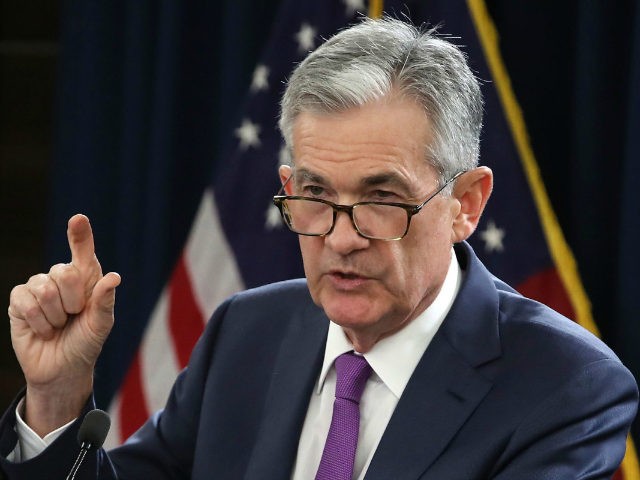The Federal Reserve said it will begin dialing back its bond-buying stimulus program this month, reducing purchases by $15 billion this month and next month.
The Fed announced on Wednesday that the size of reductions in the future could be adjusted depending on economic conditions. For now, it plans on reducing Treasury purchases by $10 billion a month and mortgage security purchases by $5 billion. At that pace, the Fed would end the program in June.
The announcement of the “taper” was widely expected. But it was somewhat unclear when the reduction would begin. As well, the Fed’s decision to announce two months worth of taper at the November meeting, when there is another meeting in December, was unexpected.
The Fed made no mention of plans to raise rates. Fed chair Jerome Powell has insisted in the past that the decision to cut bond purchases should not be seen as necessarily leading to rate hikes.
Fed officials said they still believe that high inflation will decline because rising prices are “largely reflecting factors that are expected to be transitory.”
“Supply and demand imbalances related to the pandemic and the reopening of the economy have contributed to sizable price increases in some sectors,” Fed officials said in a statement issued at the end of their two-day monetary policy meeting.
Fed officials took notice of the slowdown in the third quarter, blaming it on the resurgence of the virus.
“With progress on vaccinations and strong policy support, indicators of economic activity and employment have continued to strengthen. The sectors most adversely affected by the pandemic have improved in recent months, but the summer’s rise in COVID-19 cases has slowed their recovery,” the statement said.
Fed officials expect that supply chains will ease, allowing the economy to reaccelerate.
“Progress on vaccinations and an easing of supply constraints are expected to support continued gains in economic activity and employment as well as a reduction in inflation,” they said.

COMMENTS
Please let us know if you're having issues with commenting.